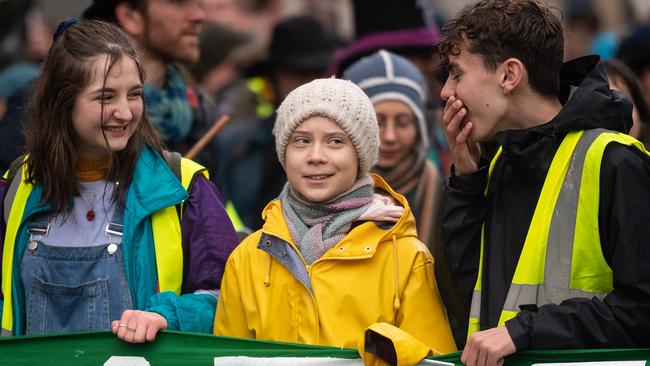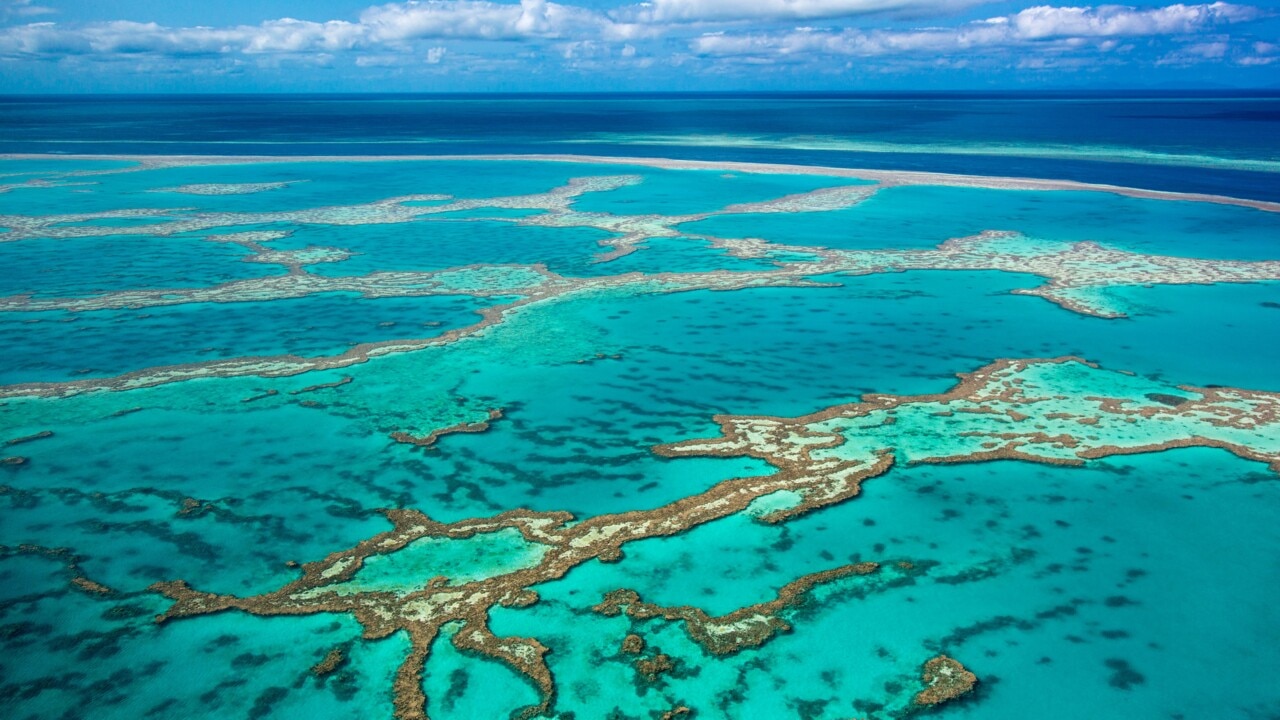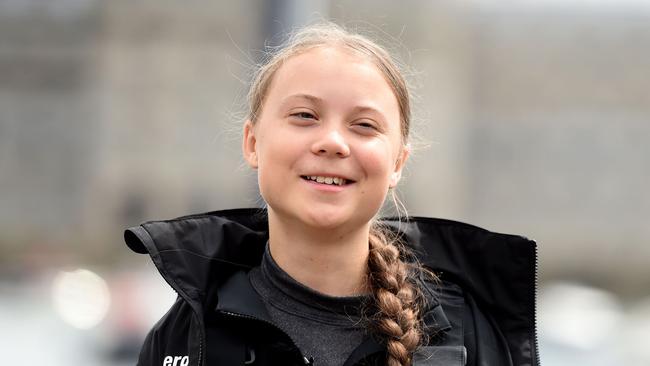The Greta Thunberg guide to saving the planet
The young environmentalist knows that more than a climate rallying call, what we need is a crash course. So she’s provided one.

The best thing about Greta Thunberg’s new book is that most of it isn’t written by Greta Thunberg. That really is a compliment. The 19-year-old Swedish environmentalist has become famous for telling inconvenient truths. We aren’t doing nearly enough to combat the climate crisis, she says. She’s right: the shift to renewable energy is going dangerously slowly. Anybody who says differently is misinformed or lying.
But she’s also astute enough to recognise that most of us don’t know very much about climate science. More than a rallying call, what we need is a crash course.

So she has gathered an anthology of essays from more than 100 scientists, journalists and activists — a kind of beginner’s guide to global warming, plus lots of additional material on how humans are wrecking other aspects of the natural world.
The result is a hefty volume that looks fantastic, with beautifully rendered charts and haunting photographs. One image is of a team of huskies hauling a sledge through a melting Arctic landscape; another shows a killer cyclone in south Asia. But the most striking chapters focus on how we live in the West. The American environmentalist Bill McKibben gives a brilliant introduction to fossil fuel — “miraculous stuff . . . concentrated sunshine”, he says.
You probably know that these fuels are the remains of organisms that harvested the energy of the sun millions of years ago, and that by burning them we release carbon dioxide, which traps the sun’s heat in our planet’s atmosphere. But have you realised that a single barrel of oil can do the same amount of work as a man labouring for 25,000 hours? We have used coal and oil and gas to provide every man, woman and child living in the West with the equivalent of dozens of servants. “Fossil fuels produced the world we know,” McKibben writes. Too bad, he adds, that they are also wrecking it.

Not all the chapters sing like McKibben’s, but the book is crammed with information. Plough through it and you will learn what a climate tipping point is (the idea being that some processes - such as the break-up of giant ice sheets - are self-reinforcing and cannot be undone); you will know your water cycle from your jet stream. It covers lots of ground - from the impact of methane emissions to those of fast fashion.
My copy is dotted with annotated exclamation marks. We learn that humans - and the cats they brought with them - have killed so much of New Zealand’s birdlife it would take 50 million years of evolution for the diversity of avian species that existed before our arrival to be restored.
Another section describes how Coca-Cola alone produces more than 100 billion single-use plastic bottles every year, far more than any recycling system could ever process. The idea that if we drop our plastic waste into the correct bin it will magically be re-used is described as “the greatest example of greenwashing on the planet today”.
One chapter reveals how the oil companies knew about global warming in the 1970s and predicted with accuracy how much temperatures would rise by 2020. The book also explains why activists like Thunberg believe that the rich West owes the poorer global South climate reparations.

The richest 1 per cent of the world’s population, it says, are responsible for more than twice as much carbon pollution as the people who make up the poorest half of humanity.
However, this book is not quite the one-stop shop for climate information that Thunberg says she intended. Nuclear power barely gets a mention, although it may end up being an important part of a net-zero future.
So-called solar geoengineering, which would involve using jet planes to dump millions of tonnes of sulphur high in the stratosphere to cool the Earth by deflecting the Sun’s energy, is dismissed as an option. Yes, it sounds outlandish. But not very long ago experts were saying the same thing about removing carbon directly from the atmosphere, and now the UN’s Intergovernmental Panel on Climate Change says that we’ll have to do it at scale to save us from catastrophic warming.
Thunberg writes short introductions for each section and in one of them explains that she prefers not to advocate for individual solutions to the climate crisis. “I do not want to send a signal that we can solve the problem within our current system,” she says.
Fortunately, though, the book does talk about solutions. Our ability to reap energy from the sun through solar power is on a par with “Hogwarts-scale magic”, we are told. It’s likely that many of the poorest people on the planet will essentially leapfrog fossil fuels altogether to go straight to renewable energy.
So there is hope. Thunberg is, essentially, an optimist. There is still time to avoid the worst outcomes of climate change, she says. Let’s hope we prove her right.
The Climate Book, Created by Greta Thunberg (Penguin, 464pp)



To join the conversation, please log in. Don't have an account? Register
Join the conversation, you are commenting as Logout